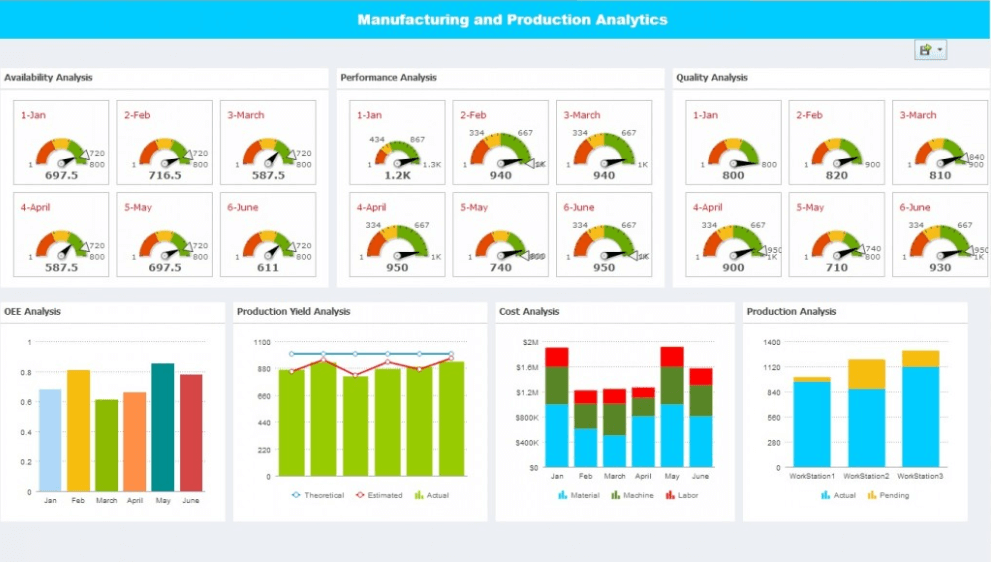
Triple O's - Software Adoption Methodology
By Lea Tarshish
Introduction
The journey from software selection to successful integration can be fraught with challenges. Organizations invest time, resources, and hope into implementing new software solutions, yet many end up with unused systems resembling a big white elephant in the room. The key lies not just in the software itself, but in how well it’s adopted by the users. This is where the Triple O’s – Software Adoption Methodology steps in.
The Challenge
Every organization faces the daunting prospect of software implementation. The real challenge isn’t just getting the software to function; it’s getting people to use it effectively. The scenario where a perfectly functional software sits idle while employees continue using outdated tools is all too common. The Triple O’s methodology addresses this challenge head-on.
Software Project Phases
The Triple O’s methodology revolves around three crucial phases:
- Onboard: This is where the groundwork is laid, including defining needs, selecting the right software, and estimating budgets and ROI.
- Operation: Here, the project is executed according to the plan laid out in the Onboard phase.
- OnLive: After successful execution, the software is launched for user adoption.
When to Start?
Unlike conventional approaches that view software adoption as a post-execution concern, the Triple O’s methodology embeds adoption strategies right from the project’s inception. Just like a living organism, software needs nurturing from the start to thrive in the long term.
Software Adoption Activities
Each phase of the software project demands specific activities to ensure smooth adoption:
Phase 1 – Onboard activities:
- Goals & Targets: Prioritize organizational goals and align them with software adoption plans.
- Success KPIs: Define measurable success indicators tied to organizational goals.
- Appointment of Officials: Assign key roles such as project owner, leading panel members, QA testers, trainers, champions (change leaders), and technical support.
- Risk Management: Identify and mitigate project risks using a structured risk management matrix.
Phase 2 – Operation activities:
- Stakeholders Benefits: Engage management, address user resistance, and leverage champions (change leaders) to drive adoption.
- Perceived Benefits vs. Costs: Focus on delivering perceived benefits while minimizing perceived costs to users.
- Resistances Treatment: Understand and address various sources of user resistance, including technological, psychological, process-related, cultural, and personal interests.
- Entities Upload & Dry Run: Test software functionality in a real-time environment before going live.
Phase 3 – OnLive activities:
- Launching: Plan a grand launch to celebrate the end of the operational phase and introduce the software to users effectively.
- Training: Tailor training programs to different user groups and ensure continuous learning throughout the software lifecycle.
- Persuasion vs. Enforcement: Strike a balance between encouraging voluntary adoption and enforcing usage when necessary.
- Monitoring and Control: Continuously monitor software usage, provide updates, and adapt to organizational changes.
- Hand Over: Ensure a smooth transition from the supplier to the organization, including documentation, ownership transfer, and ongoing support terms.
The Triple O’s – Software Adoption Methodology isn’t just a blueprint for software implementation; it’s a comprehensive guide to ensuring that the software becomes an integral part of organizational processes, driving success and growth. Embracing this methodology can transform the way organizations approach software adoption, turning potential white elephants into powerful tools for innovation and efficiency.














